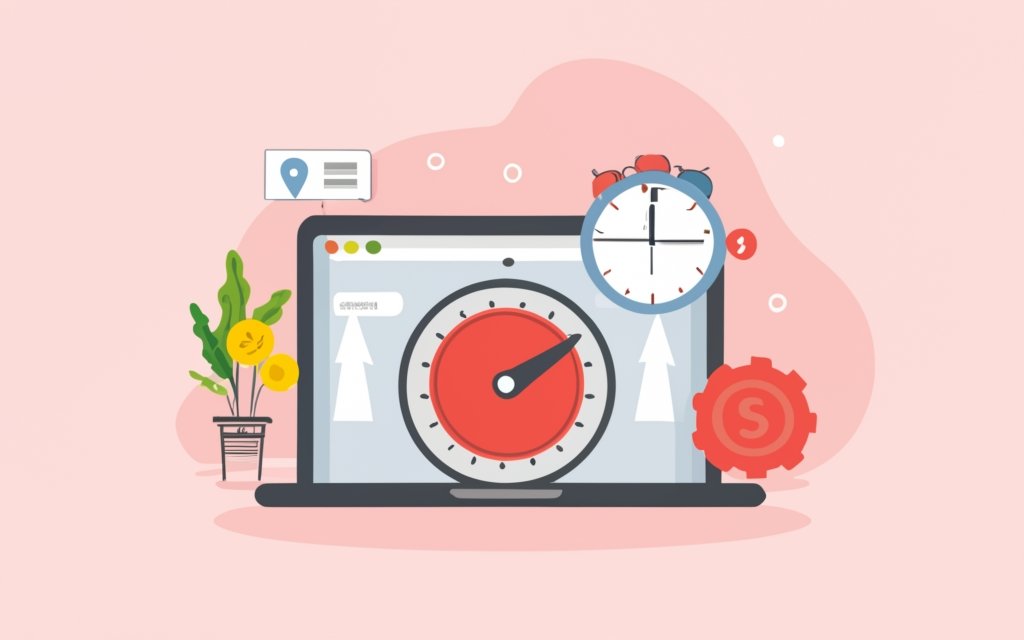
Why Website Loading Speed Matters for SEO
Website loading speed is a critical factor for both user experience and search engine optimization (SEO). Slow-loading websites can lead to higher bounce rates, lower user engagement, and decreased conversion rates. Additionally, search engines like Google consider page speed as a ranking factor. To ensure optimal SEO performance, it’s essential to optimize your website’s loading speed. Here’s how you can do it.
Step 1: Minimize HTTP Requests
Reducing the number of HTTP requests is crucial for improving loading speed. Start by combining multiple CSS and JavaScript files into a single file each. Minify these files by removing unnecessary characters, whitespace, and comments. Similarly, optimize your images by compressing them without compromising quality. Consider using CSS sprites to combine multiple images into a single file to reduce HTTP requests further.
Step 2: Enable Browser Caching
Leveraging browser caching can significantly improve loading speed for returning visitors. By instructing browsers to cache certain elements of your website, you reduce the need for repeated downloads. Set the expiration headers for static resources, such as images, CSS files, and JavaScript files, to ensure they are stored in the visitor’s browser cache. This way, the browser can retrieve them locally instead of making another request to the server.
Step 3: Optimize CSS Delivery
CSS delivery optimization is crucial for faster rendering of web pages. Inline critical CSS or load it asynchronously to prevent render-blocking. Critical CSS refers to the CSS required to display the above-the-fold content of a web page. By prioritizing the loading of critical CSS, you can ensure that users see the important content quickly while the remaining CSS loads in the background.
Step 4: Reduce Server Response Time
Improving server response time is vital for faster loading speed. Optimize your server’s configuration, including the software, caching mechanisms, and database queries. Consider using a content delivery network (CDN) to distribute your website’s content across multiple servers worldwide, reducing the distance between users and your server. Additionally, choose a reliable hosting provider that offers fast and stable servers.
Step 5: Optimize Above-the-Fold Content
Above-the-fold content refers to the portion of a web page that is visible without scrolling. Optimize this content to load quickly and provide a positive user experience. Minimize the use of large images or videos above the fold. Instead, use compressed images and lazy loading techniques to defer the loading of non-critical elements until they are needed. This approach ensures that users can start interacting with your website immediately.
Step 6: Monitor and Test Your Website’s Loading Speed
Regularly monitor and test your website’s loading speed using tools like Google PageSpeed Insights, GTmetrix, or Pingdom. These tools provide insights and recommendations for improving your website’s performance. Pay attention to factors like time to first byte (TTFB), total page size, and the number of requests. Continuously optimize and fine-tune your website based on these insights to ensure optimal loading speed and SEO performance.
By following these steps, you can optimize your website’s loading speed and enhance its SEO performance. A fast-loading website not only improves user experience but also increases the likelihood of higher search engine rankings. Remember to monitor your website’s loading speed regularly and implement necessary optimizations to stay ahead in the competitive online landscape.
